by Christopher Jones
All foods are susceptible to be altered in a greater or lesser time, due to the action of microorganisms that contaminate them or enzymatic reactions of the food itself.
The alteration and deterioration of food have been a constant concern and reason for research for humans in order to conserve them as long as possible and ensure their availability. So conservation techniques such as salted, pickled or dried were practiced by man from very remote times, giving way to other increasingly sophisticated systems such as preserves, frozen, vacuum foods, sterilized, etc.
The National Institute of Nutrition (INN) recommends learning to conserve food to save money when making purchases, to vary the menus at the family table or to ensure good health through proper selection, purchase and hygienic handling of the foods, previous steps to the preservation of what we eat.
Food preservation is an effective way of saving food and preventing it from being wasted or lost. In fact, communities around the world have been employing food saving methods for centuries in order to prolong its shelf life. UNEP called the global WED community to share their knowledge on indigenous and traditional ways or preserving food and here you can learn some interesting examples!
Contents

The cold causes bacteria and fungi to grow more slowly or, if very intense, to stop their activity almost completely. Hence, we use refrigeration and freezing as food preservation techniques.

Additives are substances that are added to food to maintain their qualities, or to enhance or recover some that have been lost during the process. The additives that interest us, in the context of food safety, are preservatives. These are substances that hinder or prevent the development of microorganisms.
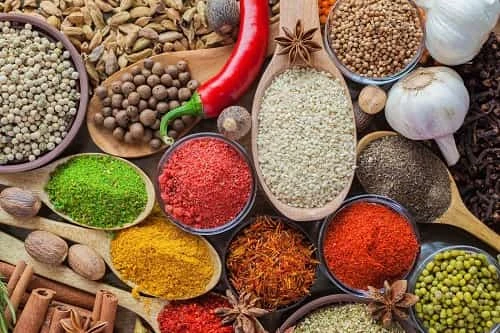
They can also serve to give color, flavor, texture, volume and prevent rusting food.
Sterilization is a treatment to which a food (or any object) is subjected and which results in the elimination of all germs. It is a technique widely used in the dairy industry. One of the processes of sterilization of the most used milk is pasteurization, which involves heating it to about 80 ° C for 30 seconds. This sudden heating produces the death of 99.5% of the germs contained in the milk.
The purpose of pasteurization is to destroy the pathogens and thus prevent the deterioration of the food. This thermal treatment must be followed by a sudden cooling, since in this way all the microorganisms are eliminated and it is not necessary to stop the development of the germs that are still present. Once the food is pasteurized, they are generally kept cold (4 ° C).
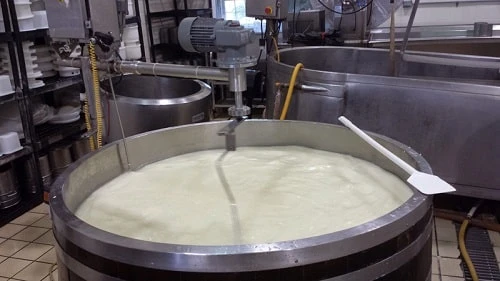
Also, other preservatives can be used to counteract the development of the surviving microorganisms by adding chemicals, or by vacuum packing.
This technique, for example, is widely used in milk, in dairy products, in fruit juices, beer, vinegar, honey.
It is one of the methods most used by man, since it consists of drying some products such as grains, cereals, fruits and vegetables, exposing them to extreme heat, in order to eliminate a large amount of water in them, avoiding the development of bacteria and ensuring the conservation of vitamins in dehydrated products. It is important to know that the drying of food can be through a dehydrating oven or they can be dried by exposing the food directly to the sun.
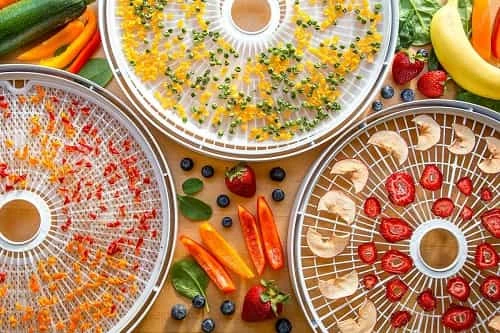
The vacuum packaging systemconsists of extracting the oxygen from the container that contains the product, in this way it prevents the oxidation and putrefaction of the food to be preserved, prolonging its expiration date in more than 30 days and up to 1 year.
Are the two main attributes of using this system. But also as specific advantages we can highlight It
Maintains the flavor and freshness of food, since there are no changes due to fluid or fat loss.
It allows you to buy a greater amount of some food, then go slowly consuming the quantities that are needed. Other ways to stop or block microbial growth by reducing water, while providing flavor to food, are: A humor, add salt or sugar. Also having a reverse osmosis water filter in your home can be a good investment to drink pure water.
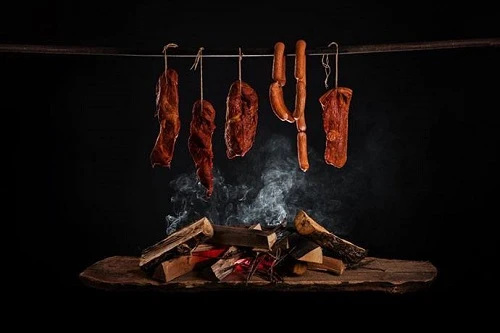
The method of smoking is based on the combustion of plants so that the smoke affects the food. The smoked one carries out several functions: coloring, flavor, conservation and elimination of
microbes. It is mainly applied to products such as meat and fish thanks to the combined effects of dehydration and the antiseptic effect of smoking.
This method or preservation technique is based on presenting a food product to the action of the salt or by diffusion directly on the surface of the food (dry) or by immersing the product in a saline solution. This process can block microbial growth. This technique is used mainly in cheese, meat and the conservation of certain species of fish (herring, salmon …). Sometimes it is associated with the smoking technique.
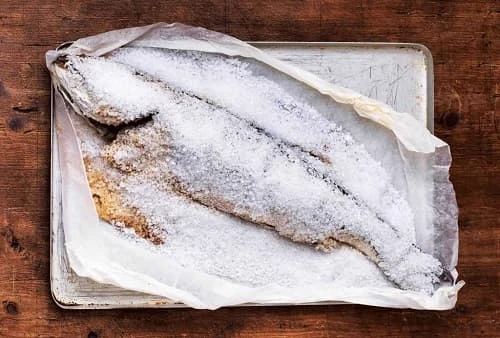
It is important to know that a diet that contains processed, smoked, very salty or high-fat foods is not recommended. As we have already discussed in previous topics, the diet of children should be varied and consistent in quantities, where proteins, carbohydrates, fats, vitamins and minerals should be present in a balanced way. Therefore, all food that is highly processed will require a quantity of nutrients necessary for its growth and development. In addition, very salty, very sweet or high-fat foods cause cardiovascular and chronic degenerative diseases such as diabetes, dyslipidemias, metabolic syndrome, obesity, heart attacks, thrombosis, among others. An excess of sodium in the cells weakens and overloads them in addition to hindering the absorption of calcium and magnesium. The excess of sodium in the cell produces anxiety for salty foods since the more sodium we have in the body the more we need to maintain the cellular homeostatic balance.
Therefore, the great importance of teaching good and proper eating habits from an early age, which will prevent our children from suffering from any disease throughout their lives.
This process takes advantage of the microorganisms present in the raw material, that is, the milk to allow the conservation of food, improving the nutritional quality and increasing the organoleptic qualities of the food.
It is applied in dairy products such as yogurt and cheese.
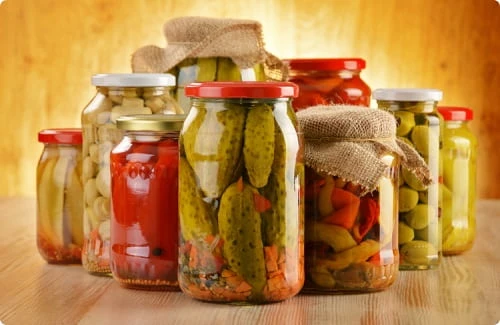
Here I tell you how to prepare a delicious homemade yogurt, which you can include in your child's lunch box.
In a pot, place the milk and heat until it reaches 80-90 degrees Celsius (prevents it from boiling). Allow to cool until it reaches 40 degrees. This process guarantees that there will be no live bacteria that can damage the yogurt.
Wait until the milk is warm and when this happens, put it in a glass or mud jar, it is important that it is not metallic. Add two large tablespoons of plain yogurt and beat well until it dissolves.
Cover the container and let it sit for 6 to 7 hours, at room temperature or slightly warm. Many people place it inside the oven off, but any quiet and protected place will serve.
Then milk coagulates homogeneously. To recognize that the yogurt is ready, perceive its aroma (release a mild lactic aroma) typical of yogurt. Then introduce it to the fridge.
Once in the fridge, its shelf life is approximately one week.
You can add fruits, cereals, or nuts like nuts or hazelnuts.
The conservation of food corresponds to a set of techniques responsible for increasing life and availability for human consumption. For example, meats, fish and chicken tend to decompose in less time, due to oxidation and loss of micro nutrients.
The foods are perishable, so they need treatment, conservation and handling conditions. These techniques have allowed seasonal foods to be consumed permanently and fully exploited.
 |
 |
 |
 |
 |
 |
 |
 |

About Christopher Jones
Chris is a true globetrotter. He has been to many destinations and tried different types of food from all over the world, yet he still loves finding new places and tasting their specialties. Chris has always had an entrepreneurial spirit and so he decided to go back to school at age 24 for his MBA at University of San Francisco so that he could have a better understanding of business strategy in order to start his own company. His favorite motto is “how can one live well, travel well, and work well without having good food every time?”
Kitchen Goodness
Check for FREE Gifts. Or get our Free Cookbooks right now.
Disable the Ad Block to reveal all the recipes. Once done that, click on any button below
 |
 |
 |
 |